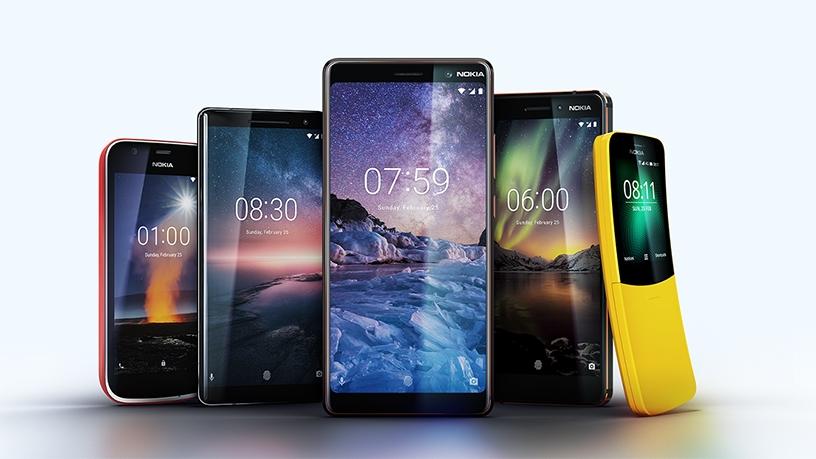
Mobile World Congress (MWC) kicked off in Barcelona today. However, some smartphone manufacturers, most notably Nokia and Samsung, were ahead of the pack, launching their flagship devices over the weekend.
Sony Mobile showed off its new devices early this morning at its crowded stage.
Thousands of people flock to Spain each year to experience the latest in mobile technology and innovation at the trade show, and the tone is set for what to expect from smartphones for the year.
Last year, 108 000 visitors from 208 countries and territories worldwide traipsed through the conference halls. The event hosted more than 2 300 exhibitors. Those numbers are expected to be exceeded this year.
The flagship devices already unveiled show smartphone innovation is contained on the inside of the handsets, as from the outside all tend to look more and more alike: handheld black mirrors with minimal buttons and two cameras at the back.
Samsung's Apple cheap-shots
Korean electronics company Samsung revealed the Galaxy S9 and S9+ at a huge event in one of the other congress venues in Barcelona last night.
DJ Koh, Samsung head of mobile business, couldn't help comparing the S9 to its competitor Apple's iPhone X, saying: "As always... there's no notch," and "The fingerprint scanner is the most popular way to unlock your phone, so we didn't get rid of it!"
The company said it had listened to customers, and kept the audio jack outlet.
The S9 comes with a 5.8-inch edge-to-edge infinity display and the S9+ a 6.2-inch, like its predecessors.
At first, the only significant change from the manufacturer's S8 models is that they now come with the option to have a lilac purple finish on the back of the phone - something that will mostly likely be shielded by a cover as soon it gets into consumers' hands.
Upon closer inspection, users will see Samsung has significantly upgraded the phone camera, by adding another camera (albeit only on the S9+) and giving users control over aperture. This is something that has long been missing from smartphone cameras, allowing the same control over the outcome of images as with a DSLR camera.
The company also added a 'super slo-mo' feature which lets users slow down moments to a literal snail's pace.
The other hyped-up feature in the camera is AR Emoji, which lets users turn their faces into moving emoticons. The feature is similar to Apple's Animoji, which lets users choose a pre-chosen emoji and animate it with their face.
Samsung jabbed at its rival by saying AR Emoji "actually look like you", and that users can share it with anyone "no matter what phone they have". (Currently, iPhone X users can only share Animoji with other iPhone X users.)
Another hidden-from-the-outside feature is that the S9 series now comes with stereo speakers, tuned by AKG.
The Galaxy S9 and S9+ will be available in select markets (including SA) from 16 March. The S9 will cost R14 599 and the S9+ R17 999.
Nokia goes bananas
HMD Global, the company that has the rights to sell Nokia-branded phones, has again brought back one of the popular feature phones from the 90s, like it did last year with the 3310.
This year, it was the slightly curved 'banana' 8810 phone that appeared in the Matrix movie series.
The company says feature phones have always been a key strength for Nokia, and since its return to market a year ago, it now holds the number one position for feature phones in the world. There are currently 1.3 billion feature phone users in the world, says Nokia.
The new 8810 has been infused with 4G and a colour screen. It keeps the slide down pad that reveals a T9 keyboard. Users also have the option to download made-for-feature phone apps like Google Assistant, Google Maps, Google Search, Facebook and Twitter.
The device will come in black and yellow, and be available globally for EUR79 (around R1 150).
HMD Global says its long-term ambition with the Nokia brand is to become a top player in the smartphone market. In the last year, the company shipped 70 million units, has operations in 80 countries and is available in 170 markets.
The company also unveiled four new smartphones to bolster its portfolio across all market segments: an upgraded Nokia 6 (EUR279/R4 000), the Nokia 8 Sirocco (EUR749/R10 700), the Nokia 7 Plus (EUR399/R5 700), and the Nokia 1 (EUR85/R1 200).
All its smartphones come with Android Oreo (Go edition) which is a version of Android optimised for devices with 1GB RAM or less. This also means Nokia does not add any of its own 'bloatware' on top of Android and the user interface operates how Google intended it to.
Nokia's smartphones follow the same trends identified by other manufacturers. The Nokia 8 Sirocco is the company's new flagship which features a dual-camera set-up with ZEISS optics. It has a curved screen at the edge, like the Samsung S9.
Nokia 7 Plus has a dual-camera set-up and is powered by the Qualcomm Snapdragon 660 chipset and has a two-day battery life. The Nokia 6 similarly gets two cameras but runs on the Snapdragon 630 chipset.
Sony gets snappy
Sony Mobile launched two new smartphones today: the Xperia XZ2 and Xperia XZ2 Compact, both powered by Qualcomm's new Snapdragon 845 chipset.
The company says this fast processor is important for providing customers with immersive entertainment experiences, such as virtual reality (VR) and augmented reality (AR).
Sony has finally minimised its bezels on its flagship devices. It is one of the last manufacturers to do so, which led some people to say its smartphones looked 'dated'. The Xperia XZ2 has an extended 5.7-inch display and the compact edition is 5-inch.
However, it does get rid of the audio jack, following Apple's lead, and does not throw another camera into the mix, going against what most other manufacturers have decided to do.
The flagship now also has the 3D Creator application, first introduced at IFA last year, which scans objects in 3D for use in AR apps or to be sent to a 3D printer. The Xperia XZ2 emphasises how this feature can be used to scan people and turn them into 3D avatars - similar to Apple's Animoji and Samsung's new AR Emoji.
The company says the Qualcomm Snapdragon 845 mobile platform with X20 LTE allows the XZ2 to provide AR and VR experiences at super-fast speeds (up to 1.2Gbps). The chipset allows for other features, such as downloading TV series, which Sony says can be done in 20 seconds.
The device comes with a 3180mAh battery and wireless charging.
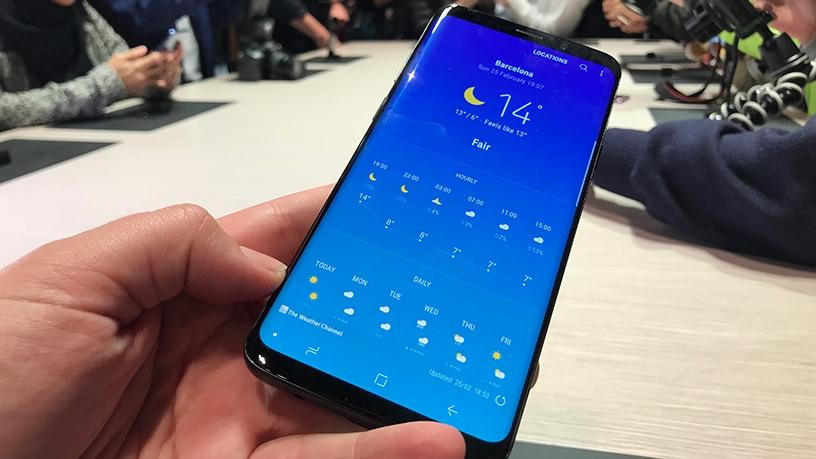
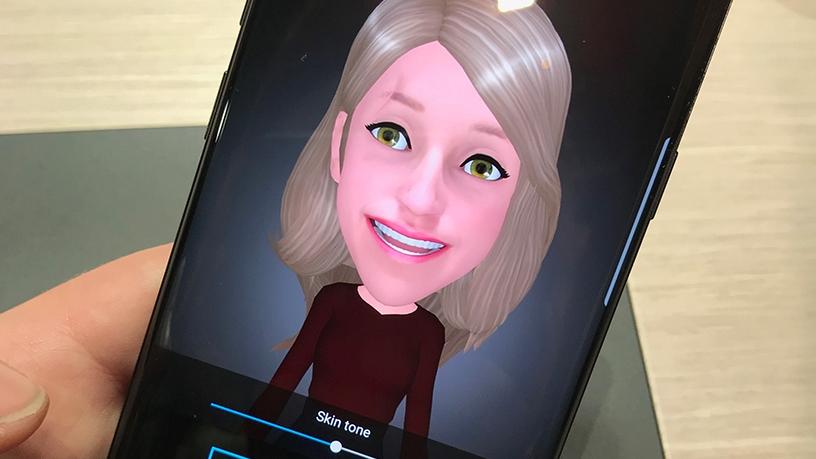
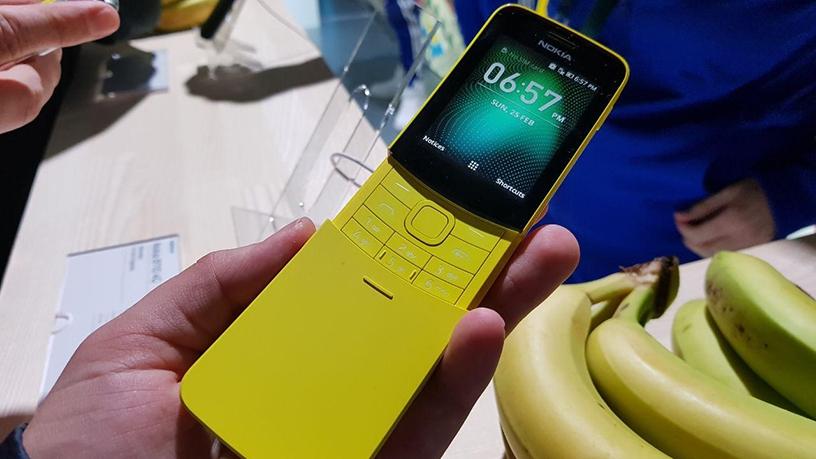
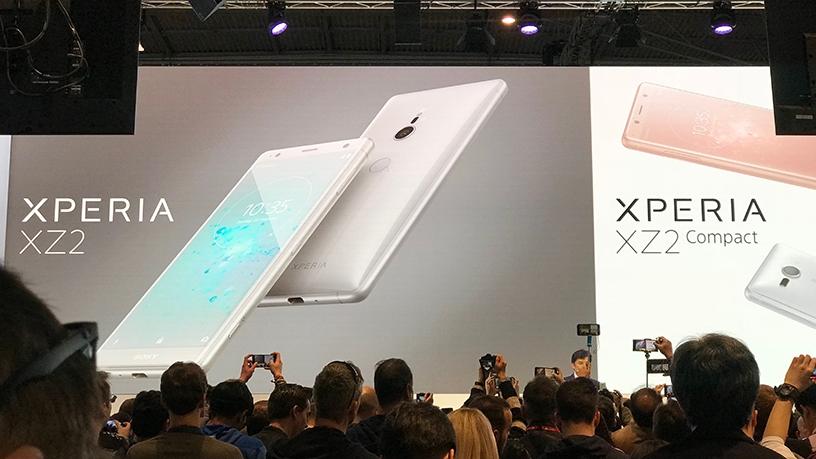
Share